Physikalische Eigenschaften
Molekülformel von Magnesiumhydroxid: Mg(OH)2
Molekulargewicht: 58,32 (internationaler Standard)
Abwasserbehandlung Magnesiumhydroxid
Regelmäßige Struktur: farbloser hexagonaler Kristall. Modifizierte Magnesiumhydroxidprodukte werden hauptsächlich in PE, PP, PVC, PS usw. verwendet.
HIPS, PA, PBT, ungesättigter Polyester, Epoxidharz, Gummi, flammhemmender Füllstoff für Farben, chemische Industrie, Umweltschutz und andere Industriebereiche; wird in Kunststoffen, Gummi und anderen hochpolymeren Materialien als hervorragender Verzögerer und Füllstoff verwendet, im Umweltschutz als Rauchgasentschwefelungsmittel, kann Brennen und Kalk als Neutralisator für säurehaltiges Abwasser ersetzen; wird als Ölzusatz, Korrosionsschutz und Entschwefelungsmittel für Elektrizität verwendet. Nebenindustrien, Wärmedämmstoffe und andere Magnesiumsalzprodukte.
Welche Wirkung hat der Einsatz von Magnesiumhydroxid bei der Abwasserbehandlung?
Wie wir alle wissen, wird Magnesiumhydroxid hauptsächlich als Flammschutzmittel verwendet, aber viele Menschen wissen nicht, dass Magnesiumhydroxid auch zur Abwasserbehandlung verwendet werden kann, insbesondere bei der Behandlung von saurem Abwasser.
Behandlung von saurem Abwasser
Säurehaltiges Abwasser und Abfallflüssigkeiten stammen hauptsächlich aus säurehaltigem Abwasser und Abfallflüssigkeiten, die aus Beizwerkstätten für Maschinen, Elektrogeräte, Werkzeuge und andere Fabriken stammen. Neben Schwefelsäure, Salzsäure, Salpetersäure, Flusssäure usw. enthält die Abfallsäure auch eine große Menge an Metallionen. Die traditionelle Methode zur Behandlung von saurem Abwasser besteht normalerweise darin, Kalkmilch oder Kalkstein, Soda, Ätznatron und andere alkalische Substanzen zur Neutralisierung zu verwenden. Um die vollständige Ausfällung der Metallionen zu gewährleisten, besteht häufig das Problem, dass der pH-Wert schwer zu kontrollieren ist. Die Verwendung von Magnesiumhydroxid zur Abwasserbehandlung ist besser als Ätznatron oder Kalkstein, da bei der biochemischen Behandlung von Abwasser ein geeigneter pH-Wert, Nährstoffbedingungen und Alkalität sichergestellt werden müssen und es schwierig ist, die Alkalität mit Ätznatron oder Kalkstein zu kontrollieren. Magnesiumoxid hat ein breites Anwendungsspektrum als saures Abwasserbehandlungsmittel und ist auch für säurehaltige Abgase (SO2, HCl2, NO2) geeignet.
Schwermetallentfernung
Unter den Schwermetallabwässern ist das galvanische Abwasser am typischsten. Die Wasserqualität des galvanischen Abwassers ist komplex und seine Zusammensetzung ist nicht leicht zu kontrollieren. Die darin enthaltenen Schwermetallionen wie Chrom, Nickel, Kupfer, Zink, Gold, Silber und Cyanid sind relativ giftig. Magnesiumhydroxid hat eine große spezifische Oberfläche und ein starkes Adsorptionsvermögen. Es absorbiert und entfernt leicht Schwermetallionen, die für die Umwelt schädlich sind, aus verschiedenen industriellen Abfallflüssigkeiten. Magnesiumhydroxid kann allein oder in Kombination mit anderen Mitteln verwendet werden. Die Behandlungswirkung ist besser als die der meisten vorhandenen Flockungsmittel. Im Vergleich zu Calciumhydroxid hat es außerdem die Eigenschaften eines geringen Schlammvolumens, einer kompakten Struktur und einer einfachen Trennung und Filterung. Während es die Säure im Abwasser neutralisiert, kann Magnesiumhydroxid Chrom-, Nickel- und Cadmiumionen ausfällen und durch die Adsorption von Magnesiumhydroxid weitere Ionen im Abwasser entfernen. Die Entfernungsrate beträgt bis zu 98 %. Das behandelte Magnesiumhydroxid kann nach dem leichten Verbrennen auch viele Male zur Abwasserbehandlung verwendet werden.
Entphosphorisierung und Desaminierung von Abwasser
Ein zu hoher Stickstoff- und Phosphorgehalt im Abwasser führt zur Eutrophierung des Gewässers und fördert übermäßiges Algenwachstum, was zu Hypoxie bei Fischen führt und das Überleben von Meeresorganismen gefährdet. Daher sollte die Entfernung von Phosphor und Stickstoff im Allgemeinen vor der Einleitung des Abwassers erfolgen. Obwohl die Kosten für Magnesiumhydroxid zur Entfernung von Phosphor und Ammoniak etwas höher sind, liegt die Phosphorentfernungsrate bei über 90 %.
Entfärbung von Farbstoffabwässern
Druck- und Färbeabwasser hat ein großes Volumen, eine große Fläche, komplexe Komponenten und eine tiefe Farbe. Es enthält hauptsächlich Farbstoffe, Färbehilfsmittel, Leim, Faserverunreinigungen und anorganische Salze, wobei die Verschmutzung durch Farbstoffe am schwerwiegendsten ist. Unter allen Arten von Farbstoffen sind Reaktivfarbstoffe gut wasserlöslich und schwer biochemisch abbaubar, und ihre CSB-Entfernung und Entfärbung sind äußerst schwierig. Magnesiumhydroxid wird zur Entfärbungsbehandlung von Färbeabwasser verwendet, das eine gute Entfärbungswirkung hat und dessen Entfärbungsrate über 98 % liegt. Aluminiumeisen.

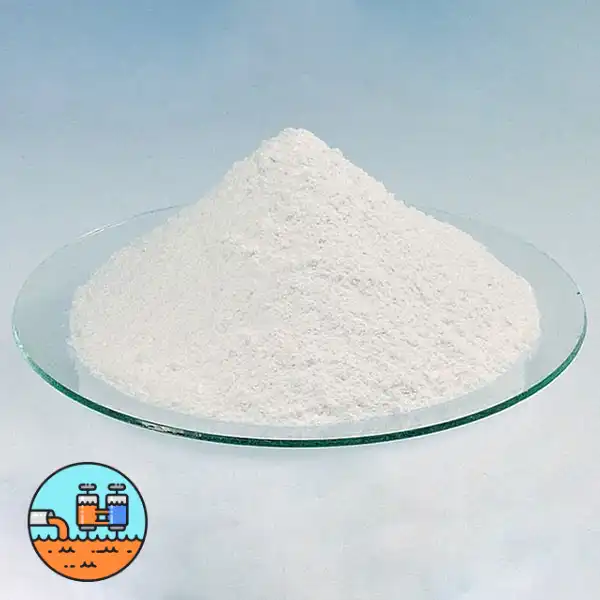
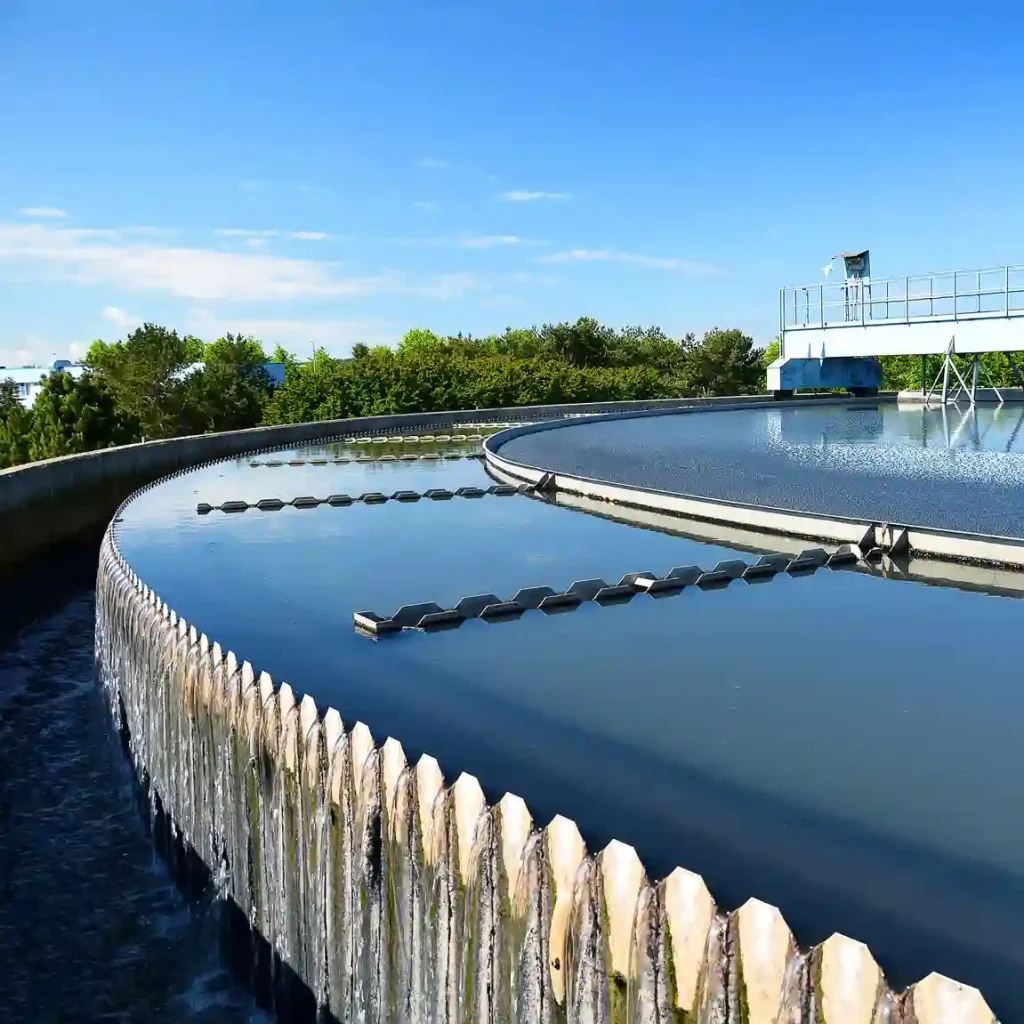
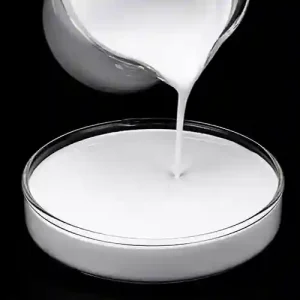
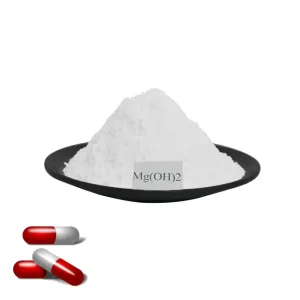
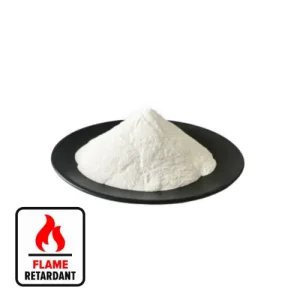
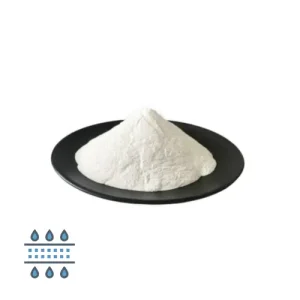
Reviews
There are no reviews yet.